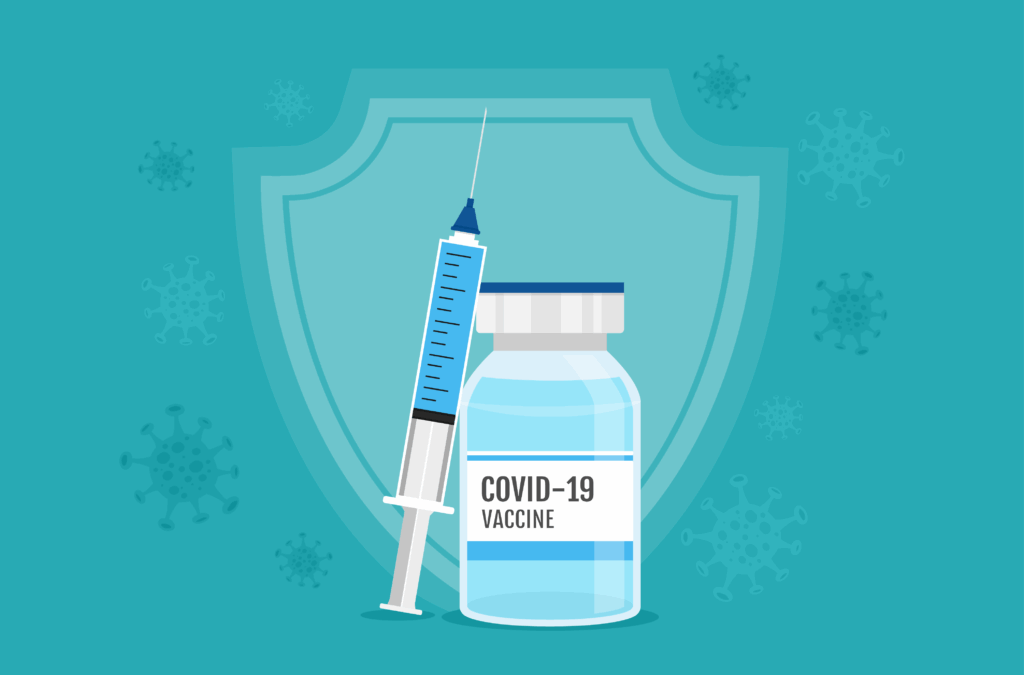
Surgery Savings

Goldfinch Health works with insurers and employers to help patients better prepare for, and recover from, surgery. Newland discusses how surgical norms can be changed to a newer, more advanced model through simple tweaks in the system. This model, he says, reduces costs, minimizes the use of opioids, and gets employees back to work more quickly.
There is a dramatic difference between surgery done well—in the 21st century way—and how it has been historically done. There is decades of knowledge out there showing there are ways to use fewer opioids and have less down time. But that version of surgery isn’t widely adopted yet and it’s not easy to find for most of us.
John [Greenwood, COO and co-founder of Goldfinch Health] has a lot of experience in operating rooms and has seen too many cases of patients getting a less ideal version of surgery with a long stay, long recovery and heavy doses of opioids and they didn’t realize there was a better option. Our goal was to revolutionize surgery—and, more importantly, the time after—through a perioperative management model, Enhanced Recovery After Surgery (ERAS). We want payers, employers and patients to begin demanding this rather than having us be the ones continuing to coach providers.
It applies to all surgeries from oral to open heart. The principles apply across the board and can make a big difference in surgeries that occur much more frequently in an employee population like knee, back and hip, hysterectomies, hernia repairs, ones that are cancer related and gallbladder removals.
For instance, in colorectal surgery, one in four patients experiences a complication, according to a review by Brigham and Women’s Hospital. The additional healthcare cost to treat an average complication, according to this study, was $69,130.
Complications are more common than you might think, and finding the best surgical experience up front can yield significant savings to patients and their employers down the road. Avoiding just one member/employee becoming a high-cost claimant in a given plan year makes the program worth it.
The specific interventions can vary slightly per surgery. The most consistent elements of the enhanced recovery care pathway include patient education and expectation setting prior to surgery. For example, a pain rating of zero is not a reasonable expectation, nor is it desirable if achieving it comes with an array of side effects from opioids.
Another is offering tailored eating and drinking instructions prior to surgery. Data supports clear carbohydrate drinks up to two hours before surgery and a light, nonfatty meal up to six hours before surgery. We now know the blanket “nothing after midnight” the day before is definitively the wrong way to prep for surgery. Patients are better off if they have something like Gatorade or apple juice before. It helps the patient go in and not bottom out in the middle of surgery. And if they have an early afternoon surgery, they may even have a light breakfast. Those are the American Society of Anesthesiology’s recommendations from 20 years ago. They are not new; they’re just not well disseminated.
Others include preoperative, multi-modal analgesia. Providers can treat pain prior to surgery with different nonaddictive, nonopioid pain medications like acetaminophen and ibuprofen to reduce the use of opioids after. We know minimally invasive techniques like laparoscopic and robot-assisted are better when possible. They use smaller incisions, which means less to heal later. And after surgery, early walking and resumption of a regular diet also help recovery.
Despite evidence and recommendations from professional societies, most don’t. It’s easier to have instructions that say have nothing. People might not understand what a light breakfast or clear beverage is exactly. If someone eats or drinks something wrong and comes in not qualified for surgery, it would cause a problem with the surgeon’s schedule, and that’s what they are trying to avoid.
The status quo in surgery has also been, “We are going to create some pain, and we are going to achieve relief through opioids.” It works, but now we have a clearer understanding of the downside of that, including grogginess and drowsiness, constipation and respiratory depression, and addiction. None of these things are supportive of an optimized recovery. We place a lot of emphasis on opioid-sparing care pathways. Multi-modal analgesia before surgery helps get ahead of the pain.
There are a couple of ways. When we sign up with an employer, the first step is getting employees engaged with us. We educate the workforce that this is a benefit available to them at no cost. We have a whole library of materials; we mail letters home, put out workplace flyers, host lunch and learns, and bring in a robot to tell what is possible in surgery today. We let them know that things have changed.
We also plug in through the insurance program. There is often a step in surgery known as precertification beforehand. We can find out who is considering surgery and reach out to them and say, “Hey, did you realize there is a free service where you can have a nurse answer questions you might have?”
There is a group of surgeons, anesthesiologists and teams that have implemented this out there who have been waiting for someone like us to show up. They have innovated and advanced their practices, but they are not sure anyone knows or cares.
If we can help a patient early enough to find a doctor who uses them who is local, they will have a better experience. But if they have already selected a surgeon, we can advocate on their behalf to get multi-modal anesthesia or a clear beverage. Even if it’s not part of more interventions, it can help them get back on their feet sooner.
The providers who haven’t adopted it usually fall into two categories. First, they haven’t been nudged to do it, and this is a nudge. If someone asks them about it and we call on behalf of the patient, they can get pre-surgery pain care and a clear beverage. We like to think of it like, people don’t always use their turn signal, but they do when there’s a police officer behind them. When we are policing them, they will do some of it.
And if someone says they won’t do any of it, then we can document that they have refused an opioid-sparing approach to surgery, which is pretty inflammatory, and the patient goes in fully informed. We let them know there is a better way and they can at least know going in what is happening, which is better than what they get without us.
Over the course of the program, our scoreboard of success is saved days in recovery time. We know employers have real healthcare savings in things like reoperations, complications and long stays in rehab. But we aren’t in the business of proving the negative and seeing what people have avoided. We know for sure someone will miss work after surgery, and how much they miss is what can be changed.
We aggregate saved days and convert it to a monetary value. We guarantee the employer will have savings related to those days that at least equals what they paid us or we will refund them their fees. If they don’t have enough people in the program or we can’t get enough things changed, we will pay them back.
We charge $500 per case, or we can charge per employee per month. We have done some analysis, so we can project what we believe the impact would be by looking at their claims and getting an idea of the minimally invasive surgeries alone.
For instance, we looked at a large Midwestern retailer and analyzed three years of its surgery experience. For a population of 20,000 employees, we could save 16,000 days in recovery time per year, or $5.5 million in labor costs. This is comparing the anticipated experience of Goldfinch-participating patients with national benchmarks.
If we put this in terms of a 1,000-employee company, we project the organization experiences $500,000 per year in wasted labor costs alone due to underinformed surgery decisions and poorly navigated surgery and recovery. That’s over $40 per employee, per month. And that’s just the labor cost side of this, not taking into consideration savings from healthcare costs, medications, administrative costs and short-term disability. The $500,000 in potential savings from better-navigated surgery and recovery would assume a 100% engagement rate of eligible employees.
This may be the best time for employers to figure out how to get through these after everything came to a halt. They can look at things like telemedicine visits as more efficient follow-ups after surgery. Our program would also find patients who might need face-to-face care instead and figure that out early before that two-week visit.
It’s time for a shifting of what we think will happen in surgery and in the overall marketplace. And these are shifts we can certainly support in healthcare.
Pictured above (L to R): Dr. Mario Leyba, MD (Chief Medical Officer); John Greenwood (Chief Operating Officer, Co-founder); Kate Emerson, RN (Chief Nursing Officer); and Brand Newland (Chief Executive Officer, Co-founder).




